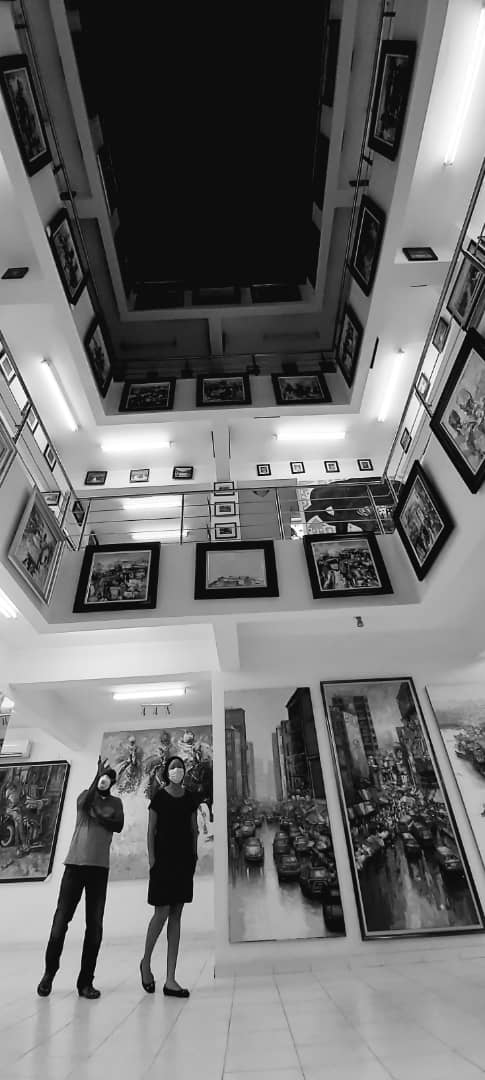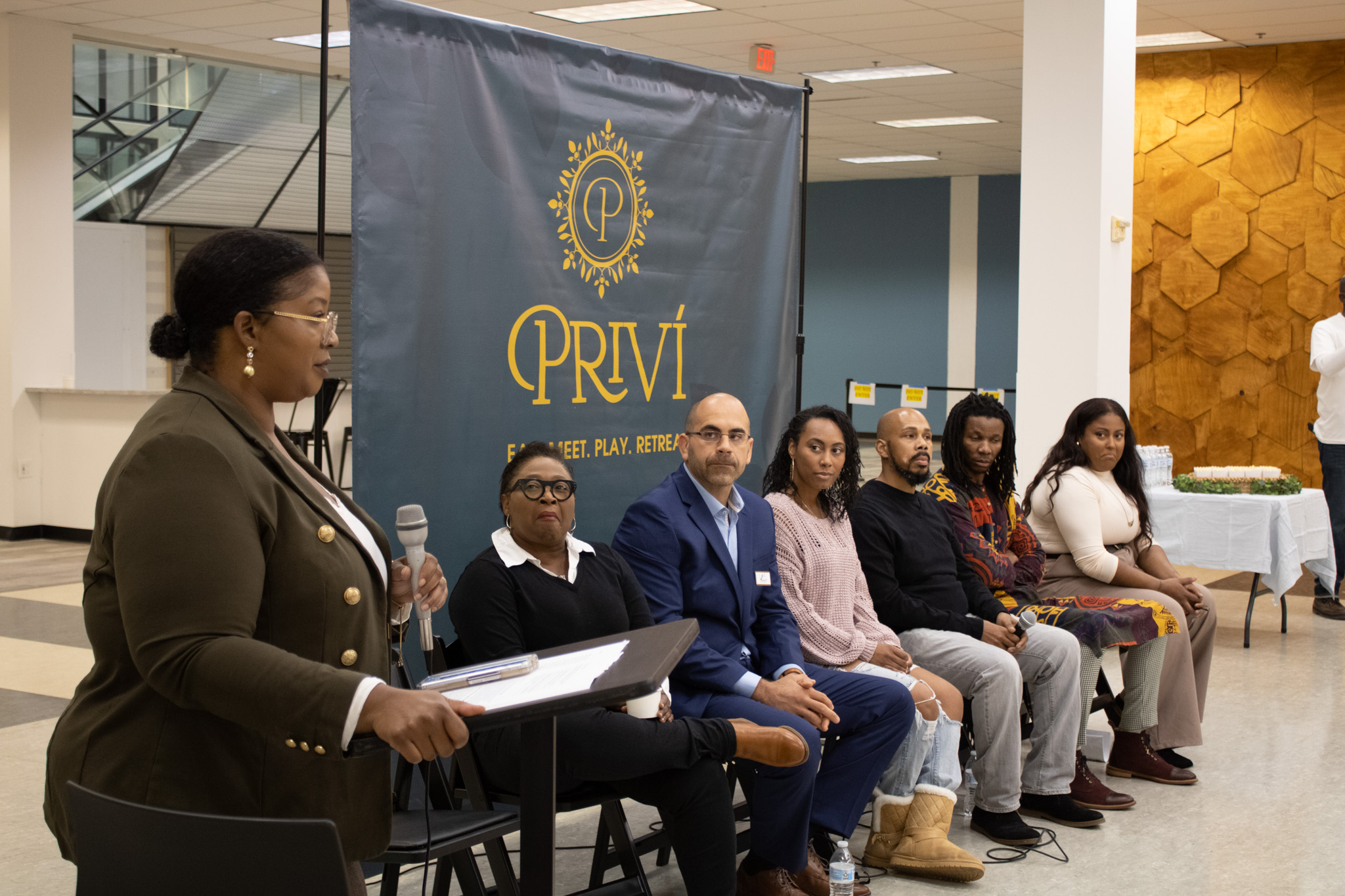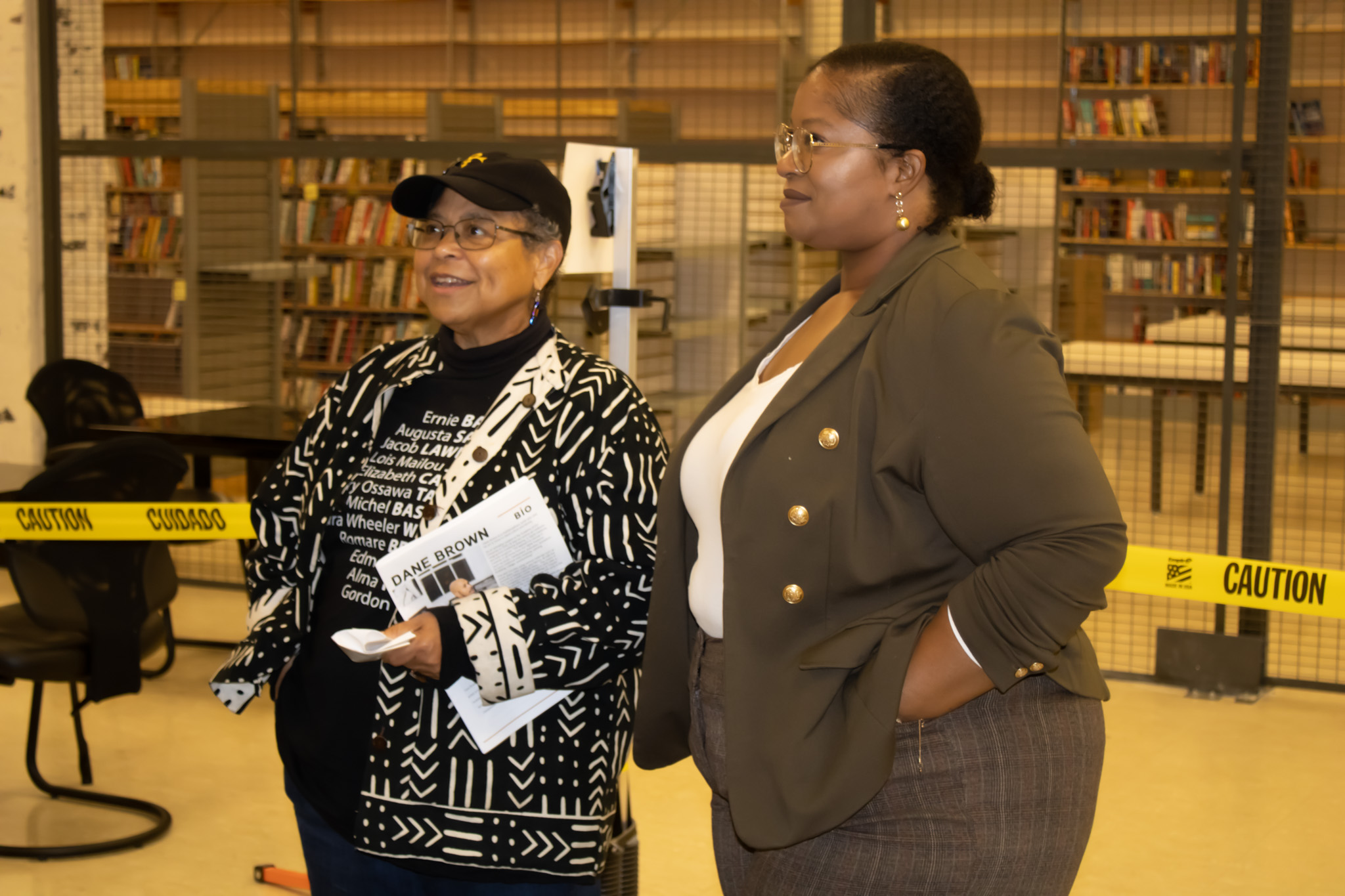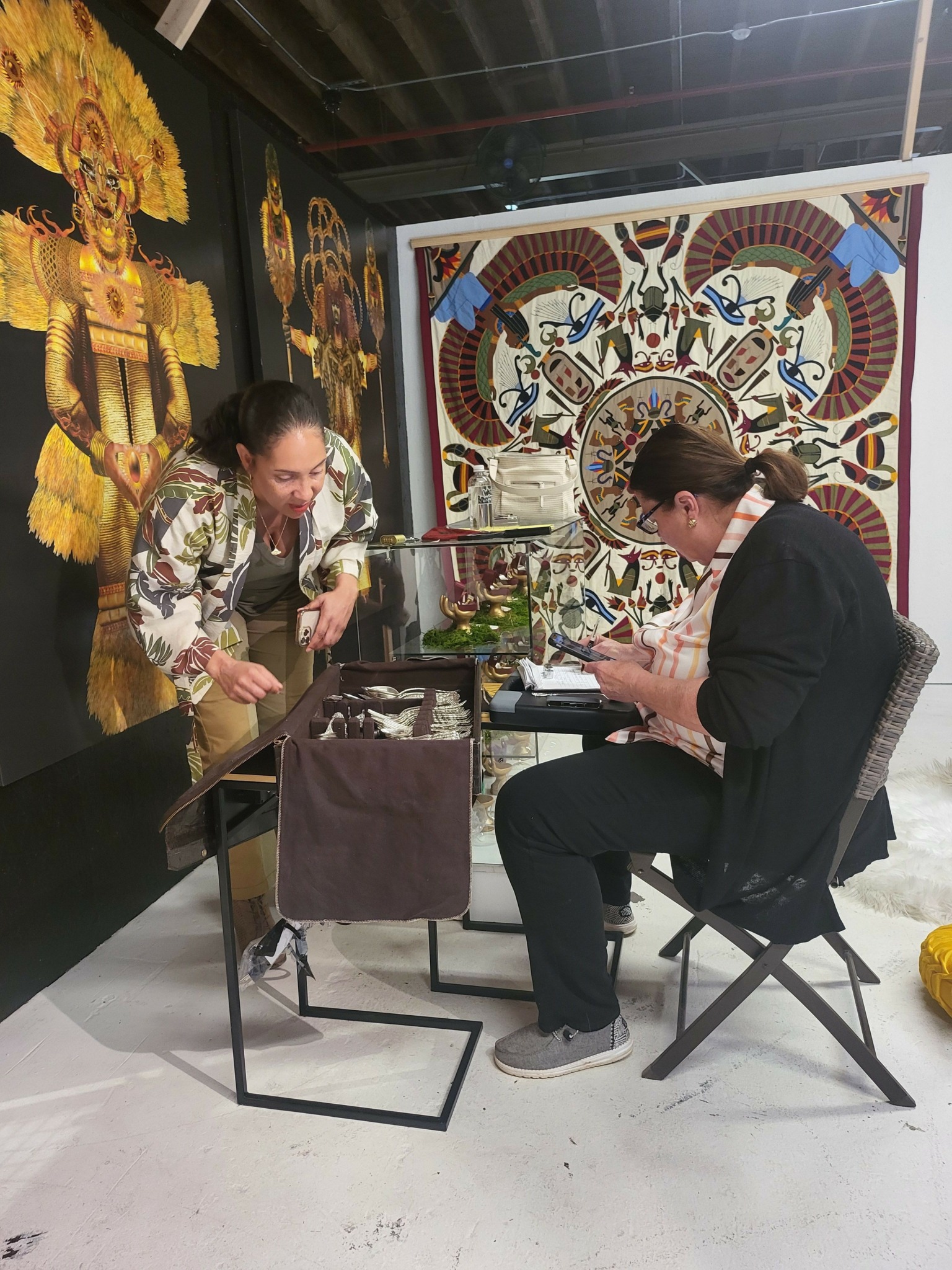We were lucky to catch up with Nicole Maurice recently and have shared our conversation below.
Alright, Nicole thanks for taking the time to share your stories and insights with us today. Did you always know you wanted to pursue a creative or artistic career? When did you first know?
The first time I knew I wanted to pursue a creative and artistic path professionally wasn’t just a single moment—it was a slow, steady realization that creativity was the lens through which I made sense of the world. But if I had to pinpoint the spark, it was when I found myself not just interested in ideas, but in building entire ecosystems around them—whether that meant structuring a team, crafting a narrative, or shaping a visual identity.
I’ve always been drawn to the intersection of innovation and storytelling. I started to notice that wherever I was—whether in a room of strategists, designers, or technologists—I was the one asking: How does this connect to people? What’s the emotional logic? What’s the system that holds this together? That blend of creativity and architecture became my signature.
The real turning point came when I realized I didn’t just want to contribute to the creative process—I wanted to lead it. I wanted to shape the strategy, influence the culture, and build teams where ideas could breathe. From organizing global impact events to developing infrastructure for emerging talent in tech and media, I saw how powerful creative leadership could be when it was grounded in purpose, process, and freedom.
That’s when I knew. I wasn’t just pursuing creativity—I was designing spaces for it to thrive.

Great, appreciate you sharing that with us. Before we ask you to share more of your insights, can you take a moment to introduce yourself and how you got to where you are today to our readers.
I’m a creative strategist, builder, and connector who’s passionate about shaping infrastructure for innovation—especially in spaces where culture, technology, and equity intersect.
I got into this work by following a deep curiosity about how ideas become movements and how systems either support or stifle creativity. Over time, I realized I had a unique ability to see both the vision and the architecture behind it. Whether I’m working with a global brand, a government partner, or an emerging entrepreneur, I bring a mix of strategic thinking, storytelling, and operational clarity to help ideas grow into sustainable impact.
Through my company, Innovative Freedom Inc., we build ecosystems for creative and technical talent—designing programs, platforms, and experiences that empower people to learn, lead, and launch. Our work spans across industries—from workforce development in AI, coding, and media production, to convenings for international leaders and private sector collaborators who are shaping the future of business, healthcare, agriculture, and culture.
What sets me apart is the way I approach strategy: I don’t just think about solving today’s problem—I design for long-term growth and cultural relevance. I believe in the power of structure and soul: building systems that are rigorous, intentional, and scalable, while staying rooted in authenticity and creative freedom.
I’m most proud of creating spaces—both digital and physical—where underrepresented voices can thrive. Whether that’s a global summit, a youth-led AI lab, or an initiative for female athletes to own their narrative and financial futures, my work centers people and possibility.
For anyone considering working with me or engaging with my brand, here’s what I want you to know: I lead with vision, values, and velocity. I’m not here to copy trends—I’m here to help you build what the world hasn’t seen yet. And I believe in doing it with excellence, empathy, and a whole lot of strategy.

Can you share a story from your journey that illustrates your resilience?
One story that illustrates my resilience happened during a pivotal moment when I was leading a multi-stakeholder initiative involving international partners, private sector leaders, and young creatives. It was one of those projects that had the potential to be transformative—but only if we could get the right people to believe in the vision and move in sync.
Midway through the planning process, a major funding source unexpectedly pulled out. We were weeks away from key deliverables, with dozens of collaborators depending on us, and momentum already building publicly. I had two options: scale back and protect what was left—or lean into the storm and lead with even more clarity and conviction.
I chose the second path.
I doubled down on communication, restructured the budget, tapped into dormant relationships, and activated a strategy that prioritized creative problem-solving and collective ownership. Within 10 days, we secured new partners, rebuilt the timeline, and launched an even more dynamic version of the initiative. Not only did we pull it off—we exceeded the original impact goals and created lasting infrastructure that’s still being used today.
What that moment taught me is that resilience isn’t just about surviving difficulty—it’s about transforming it. It’s about knowing your “why” so deeply that no disruption can shake your direction. And it’s about leading from a place of creativity, courage, and care—even when everything feels uncertain

What can society do to ensure an environment that’s helpful to artists and creatives?
To truly support artists, creatives, and a thriving creative ecosystem, society needs to stop treating creativity as a luxury—and start recognizing it as essential infrastructure for culture, economy, and innovation.
First, we need to invest in creative education and access—from early childhood through adulthood. That means funding programs that teach not just artistic skills, but also business acumen, digital tools, and storytelling for modern platforms. Creativity shouldn’t be gatekept—it should be cultivated across all communities, especially those historically left out of the mainstream narrative.
Second, we must build sustainable pipelines, not just platforms. Creatives don’t need another short-term grant or temporary spotlight—they need pathways to ownership, equity, and long-term growth. That includes access to capital, clear career ladders, and opportunities to lead—not just perform.
Third, we should prioritize cross-sector collaboration. Some of the most powerful creative ecosystems thrive when art, technology, business, and policy work together. That means inviting creatives into rooms where decisions are made and recognizing the role they play in shaping not just trends, but futures.
Lastly, we need to normalize paying creatives fairly—for their labor, ideas, and time. Exposure doesn’t pay bills. If we want a world rich in stories, design, music, innovation, and impact, we have to build economies that reflect the true value of creative labor.
Creativity is a catalyst—for healing, for progress, for connection. When we support creatives, we invest in the soul and strategy of the future.
Contact Info:




Image Credits
Nicole Maurice Gbadamosi


